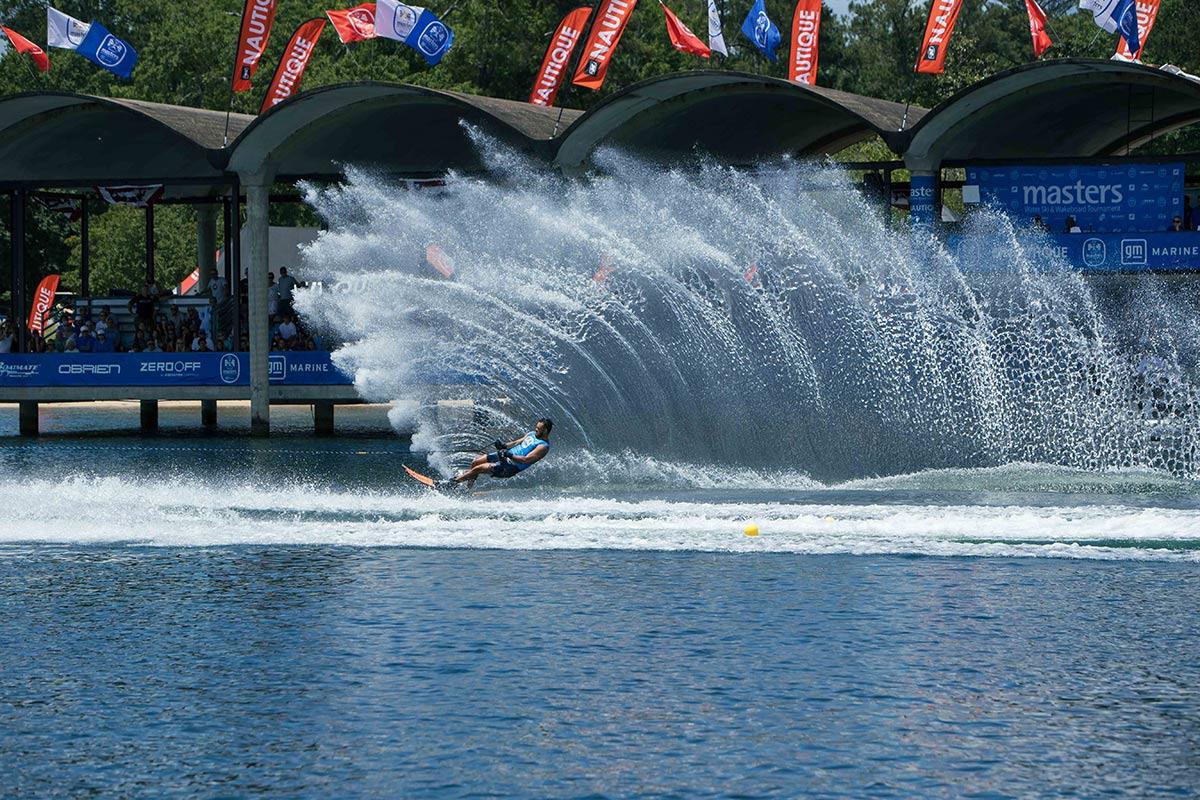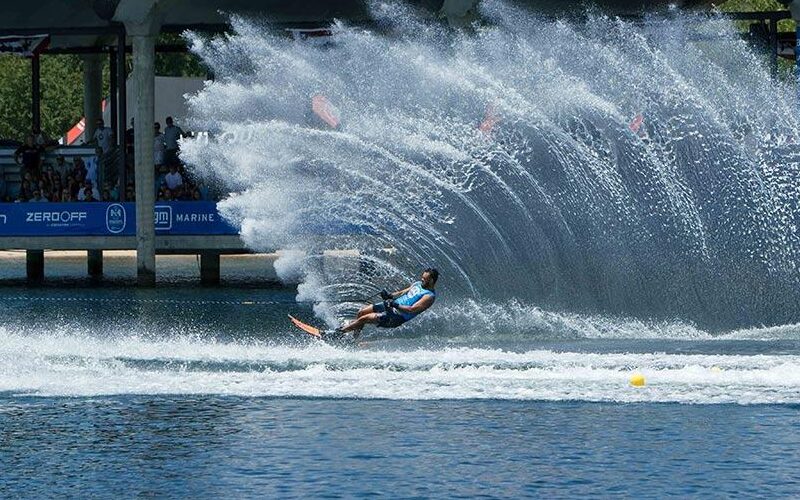Masters invites finalized: So why are there empty spots?

Image: pinemountain.org
By Jack Burden
The second Masters Qualifier wrapped last weekend at Championship Ski Lake in Auburndale, Florida, sending a baker’s dozen of the sport’s top athletes to Callaway Gardens later this month. Yet despite the roster of world-class names advancing, quiet concerns about the qualification system continue to simmer.
Dane Mechler, Freddie Winter, Allie Nicholson, Alexandra Garcia, and Neilly Ross secured berths in slalom; Dorien Llewellyn, Adam Pickos, Kennedy Hansen, and Aliaksandra Danishueskaya punched their tickets in tricks; while Emile Ritter, Igor Morozov, Aaliyah Yoong Hanifah, and Valentina Gonzalez qualified in jump.
All elite skiers, all deserving. And yet, in four of the six events contested, the cut line was barely there.
In men’s tricks and women’s jump, every entrant advanced. In women’s slalom and men’s jump, all but one skier qualified. In some disciplines, simply paying the entry fee and showing up was enough to earn a Masters spot.
It’s an awkward look for a tournament that bills itself as “the most prestigious event of the year.” And it’s not a one-off—it reflects a recurring pattern within the current qualification system.
While Masters organizers have long prioritized a high standard of excellence, their bespoke and exacting qualification pathway has, perhaps unintentionally, increased the likelihood of unusually small fields and unclaimed invites—even in disciplines with deep talent pools.
By contrast, virtually every other professional tournament—including the growing slate of Waterski Pro Tour stops—leans on established systems like the Waterski Pro Tour standings, the IWWF performance-based ranking lists, or some combination of the two to shape fields. The Masters’ decision to chart its own course has left rosters thinner than the sport’s current depth suggests.
Nowhere is this more visible than in men’s tricks. Once considered a sleepy corner of tournament skiing, men’s tricks is now arguably the sport’s hottest discipline, thanks to a recent flurry of world record activity, rising prize purses, and a wave of emerging talent. Yet despite that momentum, the Masters field remains thin.
Stringent entry criteria for the qualifiers required male trickers to have averaged over 11,000 points in world ranking competition over the past 12 months—a benchmark met by only 12 skiers worldwide. Of those, four are still juniors; one, the defending champion Martin Labra, is injured; another, Danylo Filchenko, has rarely left Ukraine since Russia’s 2022 invasion; and one more, Martin Kolman, did not attend. The result: only seven eligible and willing competitors across two qualifiers, and at least one invite expected to go unclaimed.
For comparison, the recently concluded Swiss Pro Tricks tournament drew 16 male entrants—more than double the presumed Masters field—despite offering less than a third of the prize money. The appetite among athletes is clear; the bottleneck lies in the qualification process.
The Masters’ tightly gated system seems increasingly out of step with the sport’s evolving landscape. While trick skiing pushes forward—with new pro events in Morocco, Monaco, and Portugal, rising stars breaking records, and social media drawing fresh audiences—the Masters remains constrained by criteria that no longer fully reflect that growth.
The Masters still carries immense cachet. It boasts water skiing’s richest prize purse and an iconic venue that has crowned champions since 1959. But prestige, hard-earned, can be fragile. Keeping pace with the sport’s expanding depth will be key to preserving that legacy.


Nautique needs to get with the program and join the pro tour.